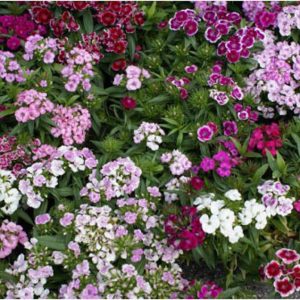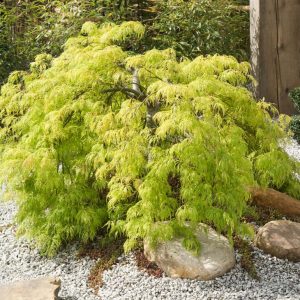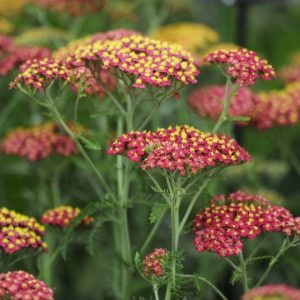Description
Forsythia –
This popular genus contains about 7 species of mainly deciduous, sometimes semi evergreen shrubs. They occur in open woodland in China and Japan with one species from Southeastern Europe. They produces opposite, simple, smooth or toothed edged, sometimes 3 palmate leaves. The 4 petalled, brilliant yellow flowers are salverform with narrow tubes, and with very long or short styles on different plants. /They are borne before or with the leaves in early and mid spring, often profusely, although low or widely fluctuating winter temperatures often kill flower buds. Grow in a shrub border, on a bank, against a wall, or as a specimen plant, they are also useful for hedging. They make good cut flowers.
Easily grown in moderately fertile, moist but well drained soil in full sun or light dappled shade. Seldom flowers in warm climates.
Prone to Arabis mosaic virus, stem gall, dieback, root knot nematode, and leaf spots.
F. viridissima – Green-stem Forsythia – This erect, deciduous or semi evergreen shrub, grows 12″ inches tall and 36″ inches wide. From upright shoots, which remain green in the second year, carry lance shaped, slightly glossy, leaves, to 1 3/4″ long, which turn maroon in autumn. From mid spring to late spring it bears primrose yellow flowers, 1″ across, are carried singly or occasionally in pairs or three’s. grow in a rock garden
Zones 6-8





